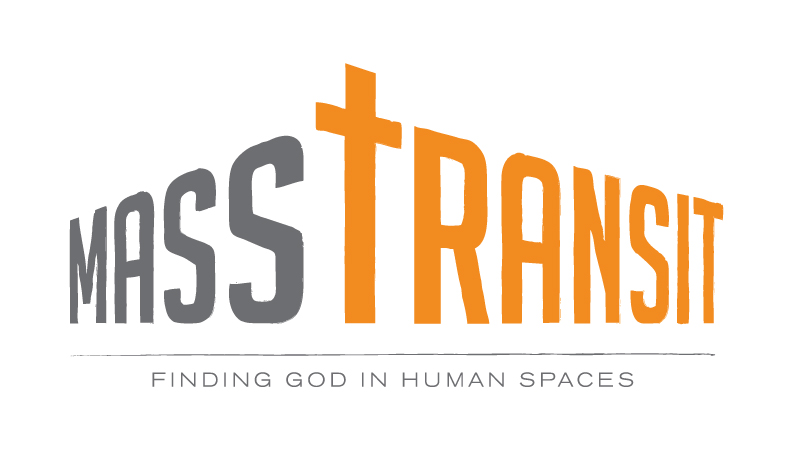Mapping My Routes
I have a lot of maps in my brain.
There are the maps that help me route my way to and from work: my drive to the train station, my walk to and from the 'L' stops downtown, and even the occasional bus route.
There also the maps that help me route my way toward love of God and love of neighbor. These maps include liturgies, prayers, meditation, and service. These are our spiritual maps: they do not lead us to a place; rather, they lead us to a way of being in the world.
For example, my current spiritual map includes praying the Scriptures, the liturgy of the hours, mindful meditation, helping out at the local food pantry, and through spiritual direction.
Sometimes, I like to vary up the route I take now and then. Instead of taking the Brown Line, I might take the Purple Line. Similarly, I might pray the Rosary instead of practicing mindfulness. Variations in the route help me develop new perspectives, and they also help me deal with detours and roadblocks when they pop up.
What does your spiritual map look like? These steps my help you discover the route you take toward God:
- Identify your sanctuary. This is your starting point, the place where you being your commute. It may be a physical place--a church, a park bench, a corner in a room of your home. Your sanctuary might also be something you do, such as an exercise or hobby. Whatever it is, your sanctuary allows you to feel calm, centered, and safe.
- Identify your routes. Once you have located your sanctuary, name the things that you do there. Do you pray? If so, which prayers? Do you meditate? If so, what is your meditation like? Or is your route one of service? If so, what does this service look like?
- Identify your destination. We assume that our prayers automatically lead us to God. Unfortunately, that may not always be the case: prayer and meditation can be really good at making bad people better at doing bad things. So take a moment and reflect on the results of your prayer, meditation, or service. Where do these routes take you? Do they leave you with long-lasting feelings of peace? Do they leave you with fleeting feelings of happiness or pleasure? Do they leave you with feelings of self-righteousness or worthlessness?
- Identify any detours. Sometimes our routes lead us to dead ends--they are no longer life-giving. If we are attentive, we will notice detour signs along the way that will point us in new directions. Have you noticed detour signs in the past? What did they look like? What new routes--and discoveries--did these detours reveal to you?
Commuters are skilled navigators. They know the most efficient route to get from point A to point B. But they also know alternative routes that might help them avoid detours or lead them to places rich in discovery. They know that there is not just one route to travel and that the direct route is not always the best one or the most enjoyable.
